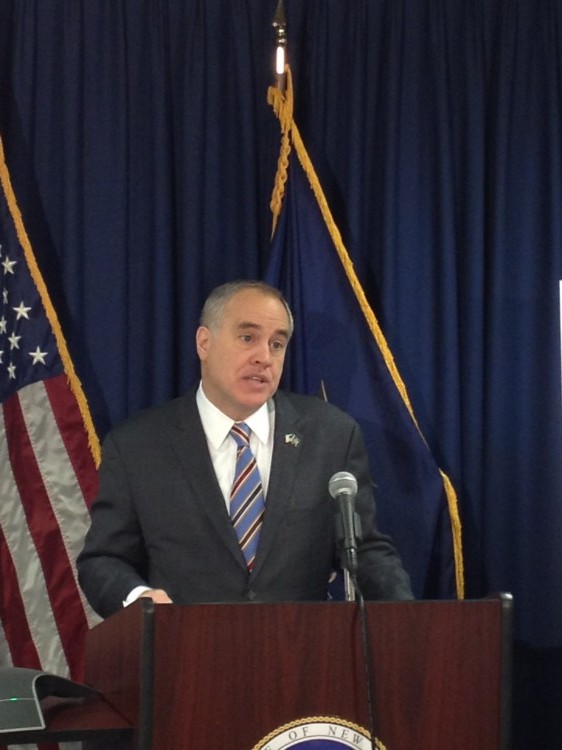NEW YORK—State Comptroller Thomas DiNapoli called them a “mixed bag,” but his estimates of Wall Street bonuses reveal that for those who still had jobs in the securities industry at the end of 2012, a total bonus pool of $20 billion means their payout will be anything but mixed.
“They are good jobs if you have them,” said DiNapoli at a Feb. 26 press conference in New York. His estimates show that the total bonuses paid out to employees of the New York securities industry will be $20 billion or $121,890 on average. Both of these figures are up by 8 percent and 9 percent, respectively, from 2011. DiNapoli’s office’s estimates are based on income tax withheld.
DiNapoli notes, however, that the industry shed about 1,000 jobs over the year, which is probably why he thought it was a mixed bag. At the end of 2012, 169,200 people worked for New York’s brokers and dealers as traders, salesmen, analysts, and executives. Other banking activities of the holding companies were not included.
Total profits earned for shareholders also did not disappoint, rising to $23.9 billion from a depressed level of $7.7 billion in 2011. DiNapoli said that this is good for New York as a whole.
“It’s no secret, if Wall Street is strong, all New Yorkers benefit,” he said, pointing out that every job in the securities industry creates two more jobs elsewhere in the city, according to an analysis conducted by his department.
There might be further downsizing, however, as firms cut costs to boost profits.
“Part of why the profitability is what it is that part of what the firms have been doing is they have been reducing headcount,” said DiNapoli, who expects further job cuts in the future.
DiNapoli’s worries were confirmed right on cue as J.P. Morgan reported on Feb. 26 that it plans to reduce its workforce by 1.5 percent—or 4,000 people—including Wall Street personnel, The Associated Press reported.
Should the downsizing continue, the New York economy will be missing a “multiplier effect.” If people on Wall Street make big money, they are going to spend it on goods and services, Napoli said.
While this is generally true, many critics have said that it is the disparity between Wall Street and Main Street that is giving them pause. Numbers from the Office of the State Controller show that the average 2011 annual salary of a Wall Street employee including bonuses ($362,870) is 5.3 times higher than the average New York private sector annual salary ($67,930). In 1981, this ratio stood at 1.94 times.
The Epoch Times publishes in 35 countries and in 21 languages. Subscribe to our e-newsletter.








Friends Read Free